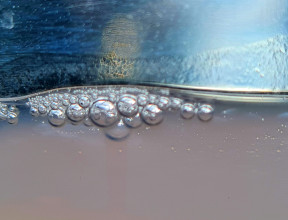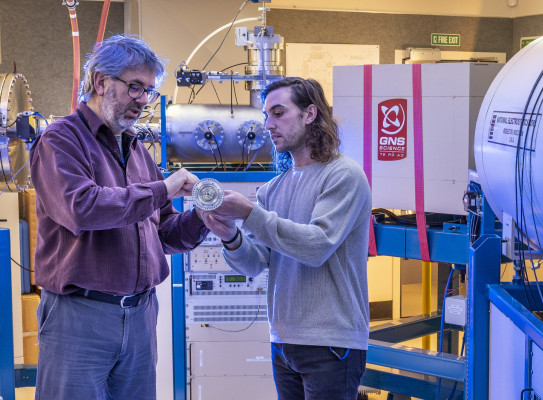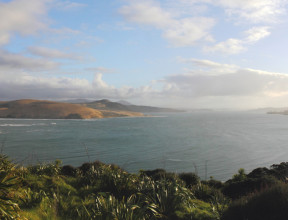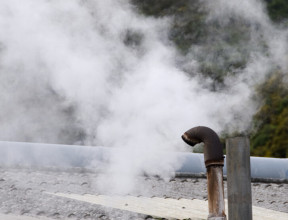
Carbon cycle

Supporting informed emissions mitigation and strengthening adaptation planning, through greenhouse gas measurement, innovative modelling, and sedimentary dynamics.
Understanding the full carbon cycle will ensure that we act to reduce global levels of CO2 in the atmosphere.
Our research seeks to:
- Develop highly-detailed, spatially-resolved emissions and sink information for Aotearoa NZ that is usable by decisionmakers to target mitigation actions and inform urban development
- Build a comprehensive understanding of Aotearoa's carbon sinks
- Model the response of geophysical processes to changing levels of atmospheric carbon
Our research
Key questions driving our research include:
- Where and from what sources do emissions occur, and how do our planning decisions impact those emissions?
- How do we integrate understanding of the broader carbon cycle into New Zealand's approach and response to climate change?
- Can we define the true environmental impact of energy generation?
-
Radiocarbon as a tool
Our diverse carbon cycle science is supported by the Rafter Radiocarbon Laboratory – the oldest continuously operating radiocarbon laboratory in the world.
Radiocarbon (14C) measurements are an excellent tool for investigating CO2 emissions and their ultimate fate. We use 14CO2 measurements over the Southern Ocean as a diagnostic for understanding the mechanisms of ocean carbon exchange. We trace the movements and fate of blue carbon on land, rivers and coastal oceans. Our laboratory uses measurements of 14C in CO2, along with atmospheric transport modelling, to quantify fossil fuel CO2 emissions into the atmosphere at various scales, including individual power plants, urban areas and entire countries and regions.
-
Monitoring the Southern Ocean carbon sink
The Southern Ocean is key to Aotearoa’s climate, and is one of the most important carbon sinks on Earth. But there are signs global warming could be altering its capacity to take up CO2 and its uptake of heat.
We have been taking atmospheric measurements from ships crossing the Southern Ocean since 2016, and have extended measurements back 30 years using records hidden in tree rings from sub-Antarctic islands. These show how the changing climate is driving changes in CO2 and heat uptake.
-
Emissions measurement for a low-carbon transition
Aotearoa must meet our net-zero 2050 target. Collecting and assessing detailed emissions data, and deepening our understanding of the offsetting role of urban green spaces are both essential to enable informed urban development and effective mitigation policies.
Our flagship research programme CarbonWatch-Urban is developing highly-detailed, spatially-resolved emissions information for all of New Zealand’s towns and cities. This flagship research programme combines atmospheric measurements with cutting-edge, high-resolution modelling.
-
Blue carbon: tracking carbon on land, rivers and coastal oceans
Our expertise in carbon emissions measurement, sedimentary dynamics and social science gives us a unique capability to explore the mitigation and adaptation potential of environments such as coastal wetlands and fiords.
Coastal wetlands are a key nature-based solution for climate adaptation, providing physical protection from storm surge. They are important refuges of biodiversity, and represent opportunities for carbon sequestration for coastal landowners.
We are measuring their carbon sequestration potential and investigating how enduring coastal carbon burial will be in the face of sea-level rise. We work with communities to develop socially and economically acceptable management solutions for coastal land.

